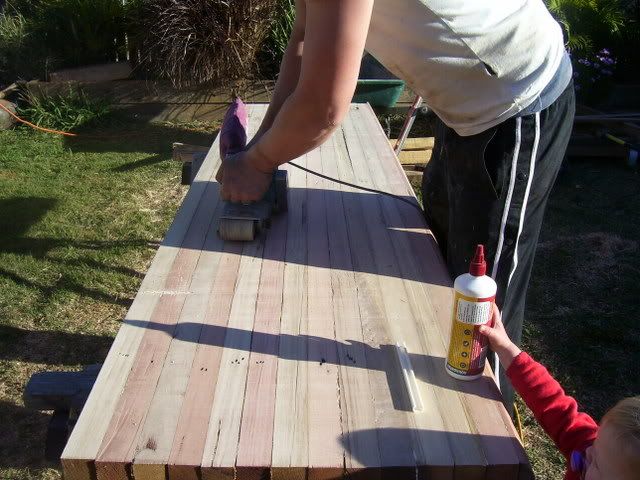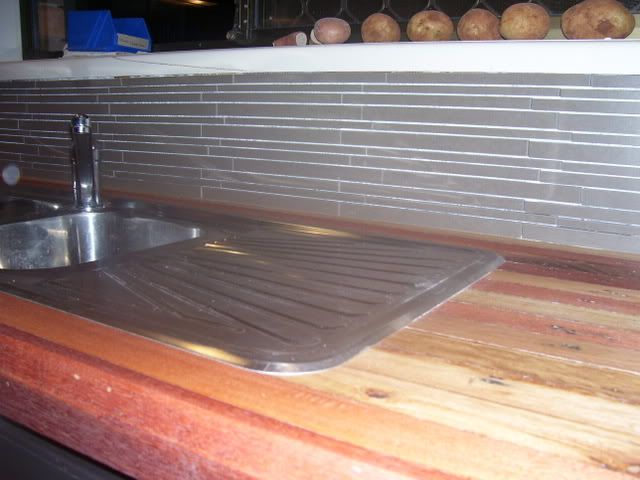First up, mortar & pestle. Nothing you can't smash up in the mortar. You can make marinades, herb blends, flavoured salts, infused sugars, crush biscuits, crack nuts etc etc. My favorite thing to do is make rubs for meat. Slurp in some good olive oil, sea salt and any herbs or spices you like. I usually use rosemary, garlic and parsley for flavoring. Rub it over a roast, chops, cutlets, steak etc. Mine is made from granite which I prefer, but you can also get wooden, glass, marble and ceramic variations. Definitely an essential tool!

Microplane. Pretty expensive for what it is (a glorified grater) but it's super super sharp and makes grating and zesting really easy. You can get all different types and styles for fine grating, coarse grating, ribbon grating and spice grating. I use mine mostly for zesting and grating parmesan.
Whisk. Arguably the most popular tool in a french kitchen. They use it to do almost everything - not just whipping, but folding, blending and stirring. Mine is a french whisk, but you can also get a balloon whisk, flat whisk or a ball whisk. I use it mostly for beating eggs for scrambled eggs or pancakes - I dont have the patience to use it for whipping egg whites or cream.

Mincer. Picked up this old dear from eBay. Its cast iron so it weighs a tonne, and is really old. Its called a Pope Major. Not sure what that means but it's the best for mincing meat (obviously) and I use it to make large batches of pasta sauce. It minces the tomatos, onion and garlic up all together. No chopping or pureeing needed! It also came with a biscuit press attachment which I haven't used yet but looks fun. It forces the biscuit dough through a patterned plate to make different shaped biscuits.
Pasta Maker. One of my best mates bought me a pasta maker last month. Not just any pasta maker - the Marcato Mulitpast Wellness. It came with all the attachments for making spaghetti, fettucine, lasagne, reginette, tagliolini, pappardelle and even a specialised ravioli attachment which fill and cuts at the same time. Nothing better than tucking into freshly made pasta. We use eggs from our own chickens too so we know it's made with organic free range eggs. Here is a picture of the beauty:

Knives!!!!! Anyone who is reading this and knows me will know I have a "thing" for knives. Nothing better than a good sharp knife. Really sharp. Chop your finger off sharp. If it's sharp it will cut your food prep time in half, is much safer and give way better results. You don't need heaps of knives, a few good quality ones will do. A large chefs knife - 10-12" and paring knife 4-5" will get you through most jobs. A filleting and a serrated edge blade are handy too.
There are heaps of good brands out there, which will give you a good result. Mine are Mundial and are close to 10 years old now and I wouldn't swap them for the world. The most important thing to test out is how it feels in your hand. If it feels balanced while you are chopping you wont tire out using it for long periods of time. A stone is essential to hone the edge first - I get our butcher to do this for me. Then before you use the knife, hit it with the steel to straighten the edge. Get a good steel and learn to use it properly. Doing this, the knife should keep the edge for a pretty long time, depending on which type of knife you choose.

With all of these tools, I don't think there would be much you couldn't do. Always buy the best quality you can affort and you'll have them for life. :-)

































